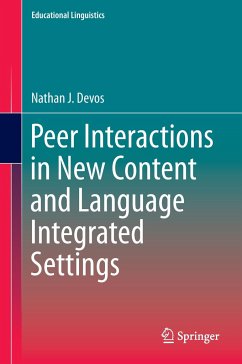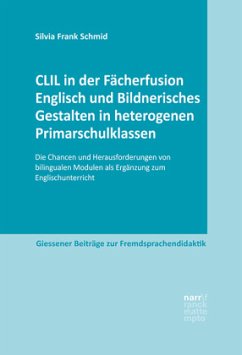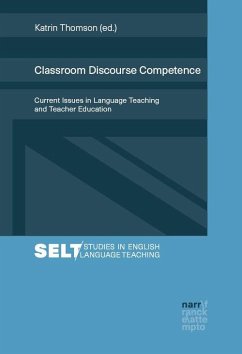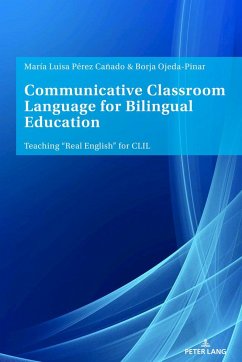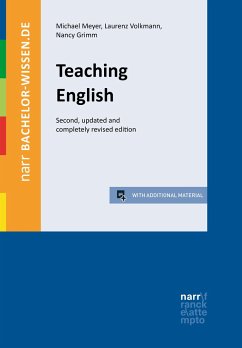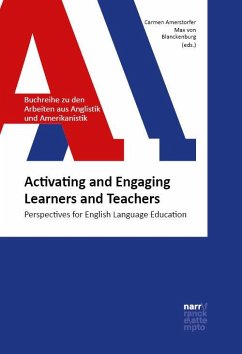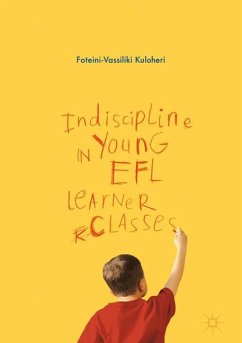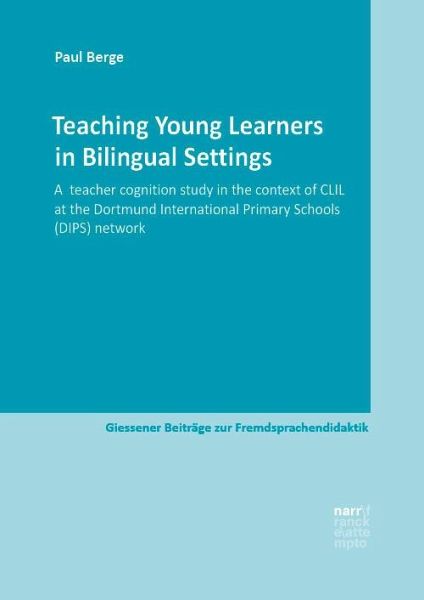
Teaching Young Learners in Bilingual Settings
A teacher cognition study in the context of CLIL at the Dortmund International Primary Schools (DIPS) network

PAYBACK Punkte
0 °P sammeln!
Bilingual education, or CLIL, at primary school varies greatly across European educational contexts. Teaching Young Learners in Bilingual Settings reports on a study that explored one such CLIL context in Dortmund, Germany. Through interviews and classroom observations, the researcher and author sought not only to document some of what takes place in CLIL classrooms but to describe and understand teachers' thoughts and beliefs about their CLIL teaching practices. This research contributes to a better understanding of primary school CLIL programs and teachers and is relevant for researchers wor...
Bilingual education, or CLIL, at primary school varies greatly across European educational contexts. Teaching Young Learners in Bilingual Settings reports on a study that explored one such CLIL context in Dortmund, Germany. Through interviews and classroom observations, the researcher and author sought not only to document some of what takes place in CLIL classrooms but to describe and understand teachers' thoughts and beliefs about their CLIL teaching practices. This research contributes to a better understanding of primary school CLIL programs and teachers and is relevant for researchers working in the fields of foreign language education, bilingual education, and language teacher cognition research. Furthermore, the insights into CLIL teachers' thinking can support CLIL teachers, administrators, and policy makers as they seek to further develop CLIL pedagogy and programs.




